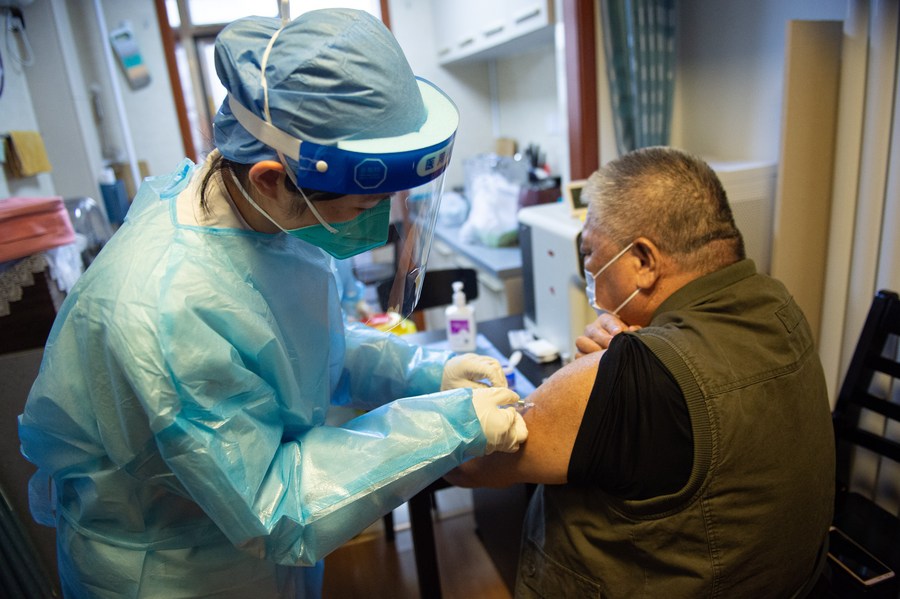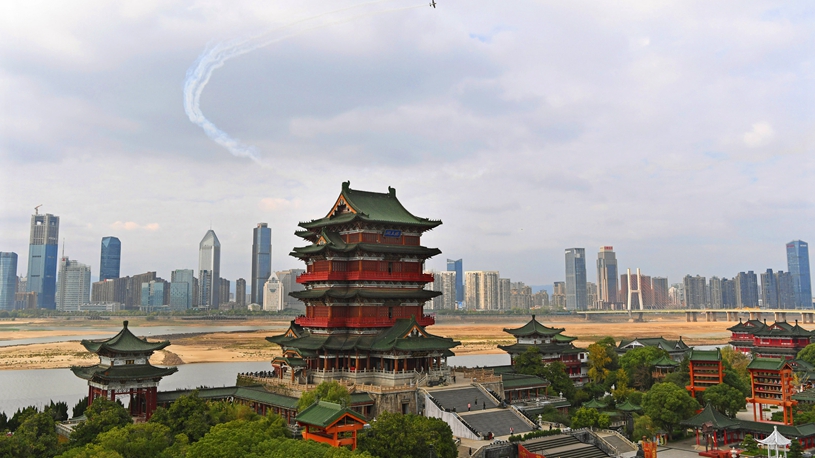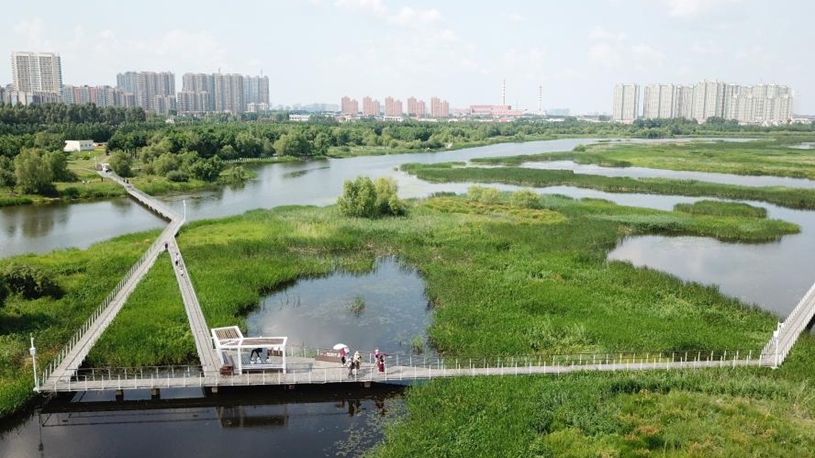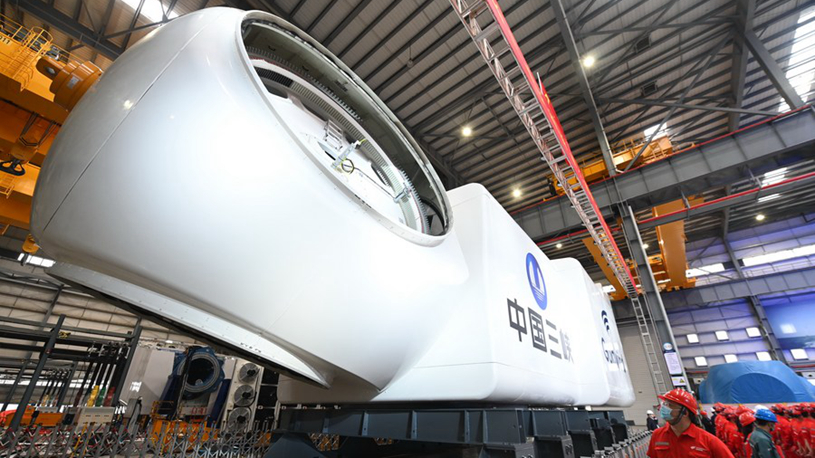
File photo shows an elderly resident receives a shot of COVID-19 vaccine at home during a medical service for the elder in Dongcheng District of Beijing, capital of China, May 10, 2022. (Xinhua/Chen Zhonghao)
BEIJING, Nov. 25 (Xinhua) -- Amid the headwind of the resurgence of virus cases, China has once again demonstrated its staunch resolution to protect people's health to the utmost, while minimizing the impact of COVID-19 on economic and social development by fine-tuning its epidemic response.
The country has always upheld a people-centered development philosophy, prioritizing lives and health. The 20 measures, recently fine-tuned and adjusted, divert limited epidemic response resources to the people and areas with higher risks of virus transmission.
China is now directing local authorities to implement these optimized measures properly and has issued documents to guide epidemic prevention personnel.
Based on scientific comprehension of preceding practices and the latest results of evidence-based research, such optimizations and adjustments are neither the relaxation of COVID-19 restrictions nor by any means the let-it-go or "lying flat" approach.
Instead, the refined measures aim to manage epidemic prevention and control tasks more scientifically and precisely by adapting to the current COVID-19 situation and the characteristics of the virus variants.
Practical experience and empirical data in multiple regions endorse the logic behind these adjustments. As the virus mutates, positive cases are likely to be identified in five days, with about an eight-day maximum incubation period for Omicron variants. Under such circumstances, a five-day quarantine at designated sites plus a three-day home quarantine, rather than the previous 10-day quarantine period in total, is sufficient to contain the risks of close contacts and inbound travelers.
The same rationale lies in the termination of identifying secondary close contacts or medium-risk areas, as the infection rate for such group and people in such areas is low. The modification makes resources for epidemic response efficient and reduces the restrictions for healthy people.
China also bespeaks its capability to coordinate epidemic response with international exchanges and travels by canceling the circuit breaker mechanism for inbound flights. Inbound important business travelers and sports groups will be directly transferred to closed-loop management areas, exempted from quarantine.
Upholding the people-first philosophy, condition-based optimization is conducive to boosting economic circulation and inducing the recovery of market demands. Local authorities are required to curb the arbitrary closing of schools, unauthorized suspension of production, and non-approval transportation bans.
No COVID response system and measures are immune to alteration and optimization, given that the novel coronavirus is still mutating, and mounting uncertainties still lie ahead.
Nevertheless, these optimizations should not be misinterpreted. China still adheres unswervingly to the general strategy of "preventing both imported cases and domestic resurgences," and tenaciously pursues the general policy of "dynamic zero-COVID."
The global fight against the virus is still ongoing, and the principle of early detection, reporting, quarantine, and treatment should be strictly observed to curb the scale and reduce the response time of the epidemic.
For almost three years, under these effective COVID-19 responses, China has pulled out all the stops to put the people and their lives above everything else, managing to keep the death rates and the number of serious cases low.
Without those resolute measures, the consequence could be disastrous for a country with 1.4 billion people, including 267 million aged 60 or above and more than 250 million children.
A full reopening of China may threaten a health system that currently has far fewer ICU beds than those of other developed countries, according to Sam Fazeli, a pharmaceutical analyst, in a recent Bloomberg article.
"There's no way an uncontrolled wave of infections can be managed," pointed out Fazeli.
The world's most populous country with a large elderly population, in no way, will neglect the right to life for the vulnerable group, including the current over 100 serious cases.
Fine-tuned measures based on scientific research and targeted manners further back China's people-centered development philosophy. China will never sacrifice either the health or the well-being of its people and will continue to make relentless efforts to coordinate COVID-19 control with economic and social development. ■












